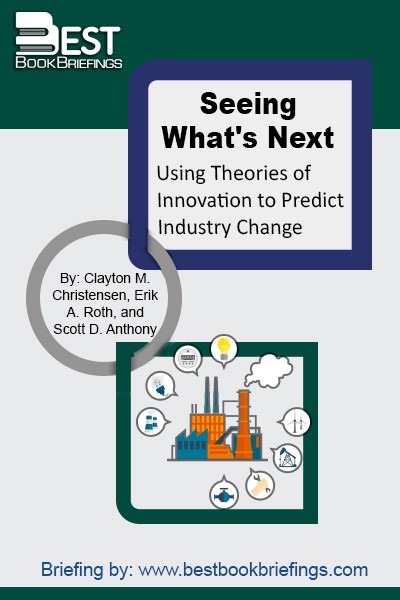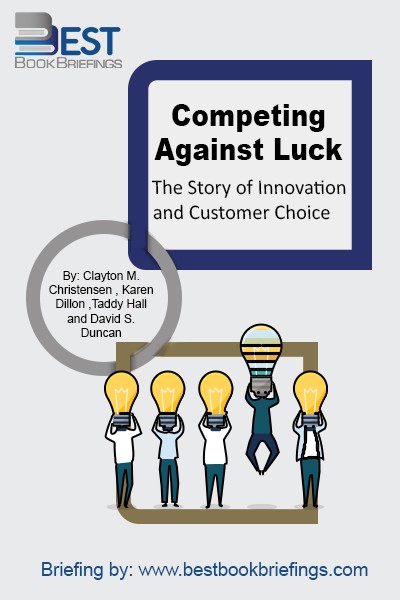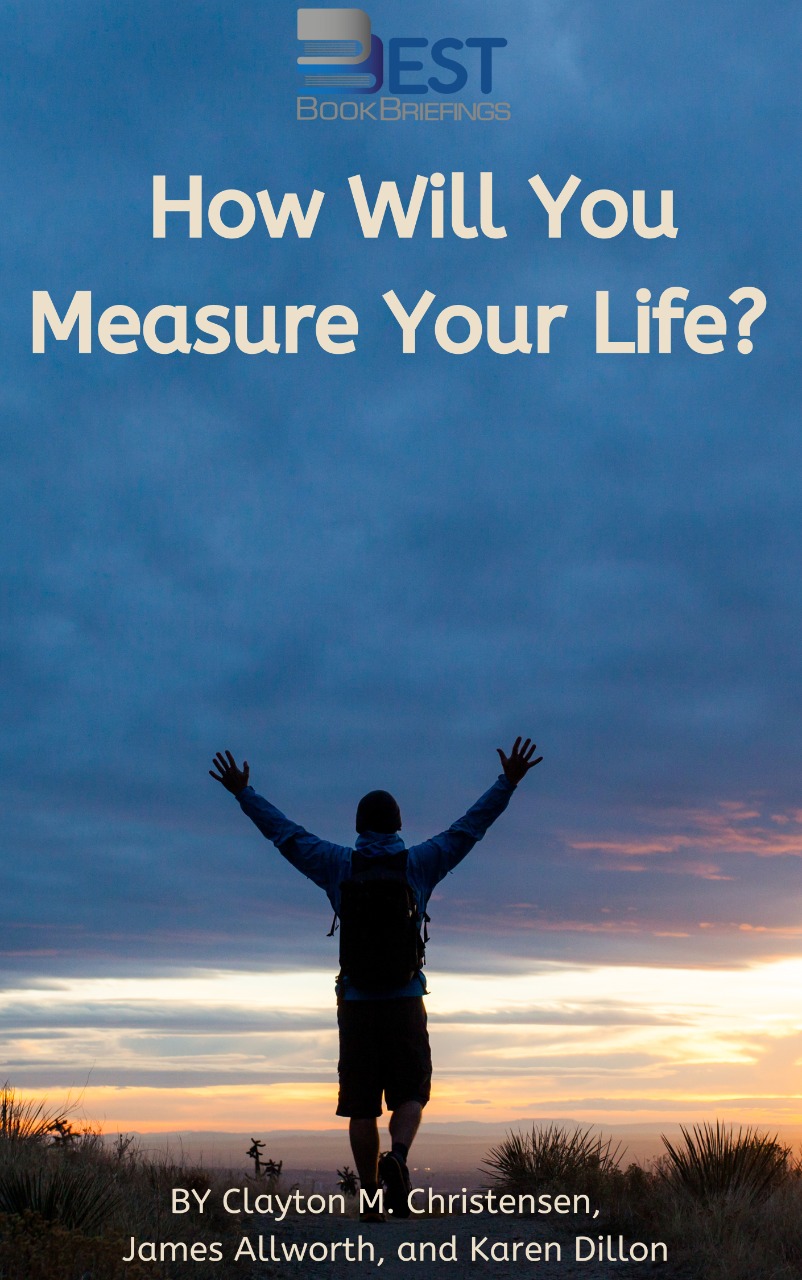Seeing What's Next
Using Theories of Innovation to Predict Industry Change
Number of pages: 352
Publisher: Harvard Business Review Press
BBB Library: Creativity and Innovation
ISBN: 978-1591391852
Editorial Review
Day in and day out, millions of us take action based on what we think the future will hold. Investors buy shares when they think a company's future is bright and sell shares when they think a company's future is dim. Analysts try to understand what the future holds so they can dispense insightful nuggets of wisdom to their clients. High-level executives try to separate signal from noise and threats from opportunities, and act accordingly. All of these people observe actions taken by managers and try to determine the impact those actions will have on the future. Typically, the biggest questions on their minds are: How will this innovation change an industry, and what impact does this have on the firms I care about?
Book Reviews
Books on Related Topics
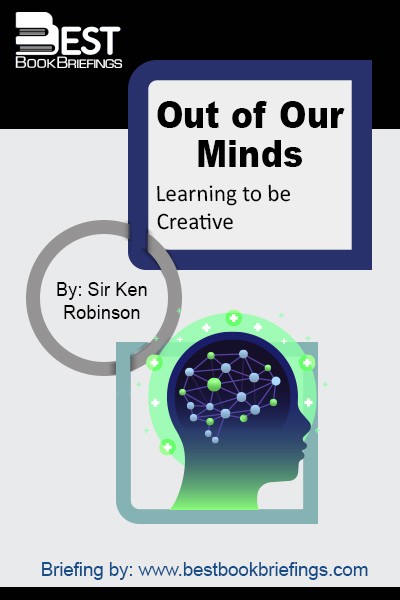
The modern world is the product of ideas, beliefs, and values of human imagination and culture have shaped it over centuries. It has been created out of our minds as much as from the natural environment. The human mind is profoundly and uniquely creative, but too many people have no sense
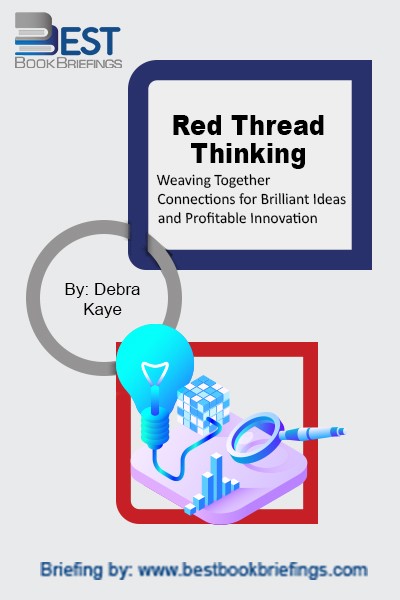
Red Thread Thinking teaches you to activate your own knowledge and resources to make better connections, have more and superior insights, and apply history as a valuable source for future-leaning innovation--without the need for high-cost development.
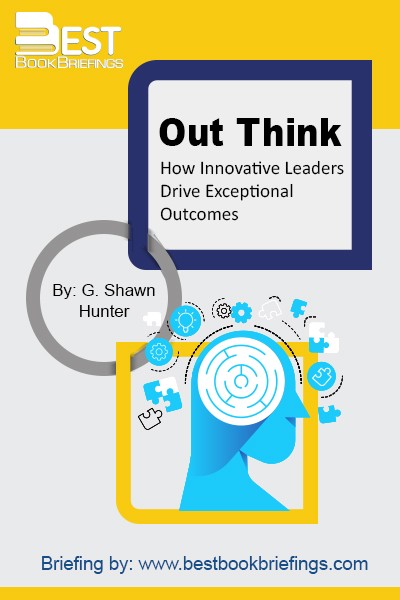
Organizations are succeeding by being open to innovation. Amazon went from being an online bookseller to a powerhouse when it started offering a wide variety of web-based services. Google and Apple have added a host of online services to their core competencies. And Toyota has enjoyed a decade-spanning, market-dominating run owing
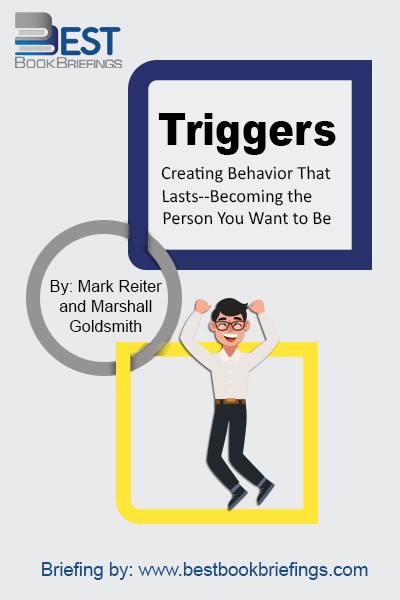
A trigger is any stimulus that reshapes our thoughts and actions. In every waking hour we’re being triggered by people, events, and circumstances that have the potential to change us. They can be major moments. They can be pleasant, like a teacher’s praise that elevates our discipline and ambition and turns

